Over the past two decades, the food industry has undergone significant changes, driven by technological advancements, shifting consumer preferences and increasing concerns about health and sustainability. From the rise of plant-based alternatives to the widespread adoption of food delivery apps, the industry has transformed in ways that would have been difficult to predict just a few years ago.
Advancements in food tech, including the development of lab-grown meat, 3D printing of food and precision agriculture, have the potential to make food production more efficient, sustainable and cost-effective. Meanwhile, with the increasing awareness of climate change and environmental concerns, many consumers are seeking out more sustainable food options.
To celebrate 20 years of Xtalks, we’re taking a look back over the last 20 years in the food industry by highlighting some of the most talked-about food brands by the year, mergers and acquisitions and biggest advancements in food safety.
Related: The Top 5 Food and Beverage Trends of 2022
Top Food Brands Between 2002 and 2022
Over the past 20 years, certain companies have emerged as leaders in the food and beverage industry thanks to their innovation, strong brand recognition and strategic acquisitions. From 2002 to 2022, the top food and beverage companies have consistently dominated the market and have become household names around the world.
Unsurprisingly, some food brands have dominated from the very beginning and remained on top over the past two decades. However, this hasn’t stopped new entrants from cracking the top of the list. Here are the top three food and beverage companies by revenue in 2002, 2012 and 2022.
| 2002 | 2012 | 2022 | |
| Food Companies |
|
|
|
| Beverage Companies |
|
|
|
As one of the largest food and beverage companies in the world, Nestlé owns a wide range of food brands across different categories, including Carnation, Haagen-Dazs, KitKat, Tollhouse and many more. The company operates in over 190 countries and employs more than 300,000 people worldwide. Nestlé’s annual revenue in 2022 was nearly $100 billion.
Mondelez International also made the list in the past decade. Mondelez International operates in over 80 countries and employs more than 80,000 people worldwide. It is the maker of Cadbury, Oreo, Ritz, Triscuit and other household brands.
Unilever made the top three list in 2002 and 2012 since it owns notable food brands such as Knorr and Lipton, Ben & Jerry’s, Hellmann’s and Becel. Unilever operates in more than 190 countries and employs over 150,000 people globally.
A consistent company on the beverage industry list is PepsiCo, which owns Gatorade, Aquafina, Mountain Dew, 7UP and other beverage and snack brands. It operates in over 200 countries and employs more than 300,000 people worldwide. PepsiCo’s rival, The Coca-Cola Company, is also a consistent top contender, with brands like Sprite, Fanta, Minute Maid, Powerade and Dasani. The Coca-Cola Company operates in more than 200 countries and employs over 700,000 people worldwide.
Billion-Dollar Food Industry Mergers & Acquisitions
Mergers and acquisitions are a fairly common occurrence in the food and beverage industry, with several multi-billion dollar deals happening on a yearly basis. One example was the acquisition of Quaker Oats by PepsiCo in 2002. In a deal worth $13.8 billion, PepsiCo acquired Quaker Oats, which was seen as a significant move for PepsiCo as it added well-known food brands to its portfolio.
Another high-value deal occurred just one year later, when General Mills Acquired Pillsbury in a deal worth $10.5 billion. The acquisition added well-known food brands to General Mills’ portfolio, including Green Giant and Häagen-Dazs. With the acquisition of Pillsbury, General Mills became the third-largest food company in the world.
In 2007, Nestlé acquired Gerber, the well-known baby food brand, for $5.5 billion. Following the acquisition, Gerber became a subsidiary of Nestlé, and the brand continued to operate as a separate entity within the company. Nestlé has since expanded Gerber’s product offerings to include a wider range of baby foods and snacks, as well as infant formula and other baby care products.
A few years later, in 2010, Kraft Foods acquired the British confectionery and beverage company Cadbury for $19.5 billion. The acquisition was a significant event in the food industry, since it was one of the largest deals in the industry’s history and it created one of the world’s largest food and beverage companies.
2015 saw the merger of Kraft Foods Group and H.J. Heinz Company, which created The Kraft Heinz Company. The combined company became the fifth-largest food and beverage company in the world, with well-known brands such as Kraft, Heinz, Oscar Mayer and Planters. The deal was valued at approximately $46 billion and was backed by 3G Capital and Berkshire Hathaway.
One of the most valuable food and beverage industry mergers or acquisitions in the last 20 years was Anheuser-Busch InBev’s acquisition of SABMiller, a multinational brewing and beverage company, in 2016 for $107 billion. The acquisition created the world’s largest beer company, with a portfolio of over 500 brands, including Budweiser, Corona and Stella Artois.
In 2018, Nestlé was a part of another billion-dollar acquisition. This time, it acquired the rights to market, sell and distribute Starbucks’ packaged coffee and tea products worldwide for $7.15 billion. Following the acquisition, Starbucks’ products were integrated into Nestlé’s portfolio of brands, including Nescafe and Nespresso.
The following year, Conagra Foods acquired packaged foods company Pinnacle Foods in a deal worth $10.9 billion. The deal brought together well-known food brands such as Birds Eye, Duncan Hines, Mrs. Butterworth’s and Vlasic under one roof, making Conagra Brands one of the largest packaged food companies in the US.
Mergers and acquisitions still took place in the midst of the COVID-19 pandemic. For example, in 2020, PepsiCo acquired Rockstar Energy Beverages for $3.85 billion. That same year, Kraft Heinz sold its natural cheese business to Lactalis for $3.2 billion. In 2021, PepsiCo sold Tropicana, Naked and other North American juice brands to private equity firm PAI Partners in a $3.3 billion deal.
Improvements in Food Safety
As the world’s population continues to grow, the demand for food production and consumption is also on the rise. However, this increased demand has also led to a higher risk of foodborne illnesses. Food safety has become an essential issue of concern for consumers, food producers and governments alike. The advancements made in food safety over the past 20 years have significantly improved the safety and quality of food products, ensuring that food is safe, nutritious and of high quality.
In the past 20 years, food safety management systems such as Hazard Analysis and Critical Control Points (HACCP) have become widely adopted by the food industry. HACCP is a systematic approach to identifying and controlling food safety hazards in a food production process. This system has significantly reduced the occurrence of foodborne illnesses.
Advanced technologies have also been developed for food processing, preservation and packaging, which have greatly improved food safety. For example, high-pressure processing (HPP) is now commonly used to kill bacteria, viruses and other pathogens in foods while preserving their nutritional quality and taste.
The surveillance and reporting of foodborne illness outbreaks have improved significantly in the past 20 years. With the development of new technologies, foodborne illness outbreaks can now be identified and traced back to their source more quickly and accurately. This has led to more effective prevention measures and quicker responses to outbreaks, reducing the number of people affected.
The food industry has undergone significant changes in the past 20 years, and not all of them have been positive. This stretch of time has brought to light some formidable challenges such as food safety, equitable access to healthy food and supply chain weaknesses. The COVID-19 pandemic has caused disruption in the food industry, with supply chain challenges impacting companies’ ability to reliably deliver safe and nutritious food products to consumers.
Despite these challenges, food and beverage companies have continued to innovate and adapt to meet the changing needs of consumers. As a company with extensive experience in organizing digital events, Xtalks has been able to help professionals in the food industry stay informed and educated during the pandemic through informative webinars and other online events.

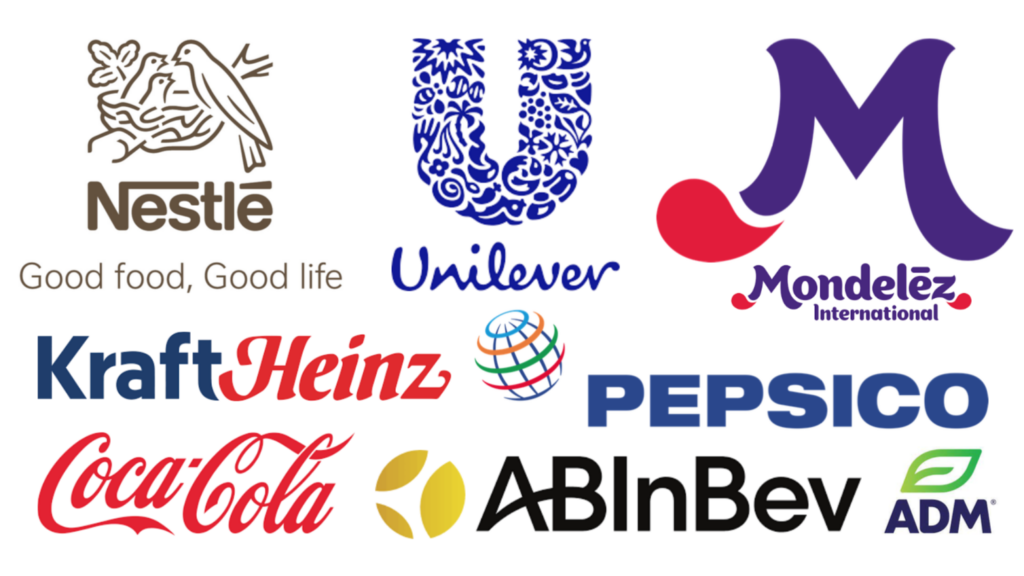
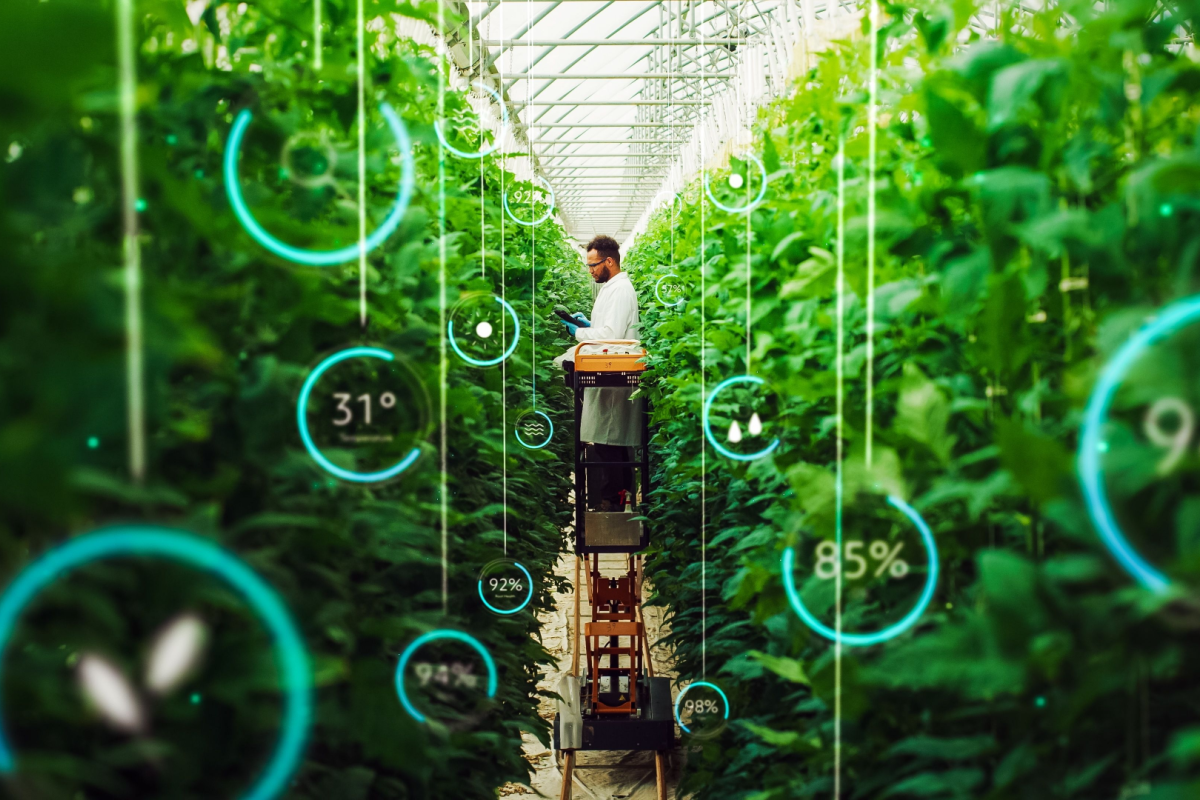
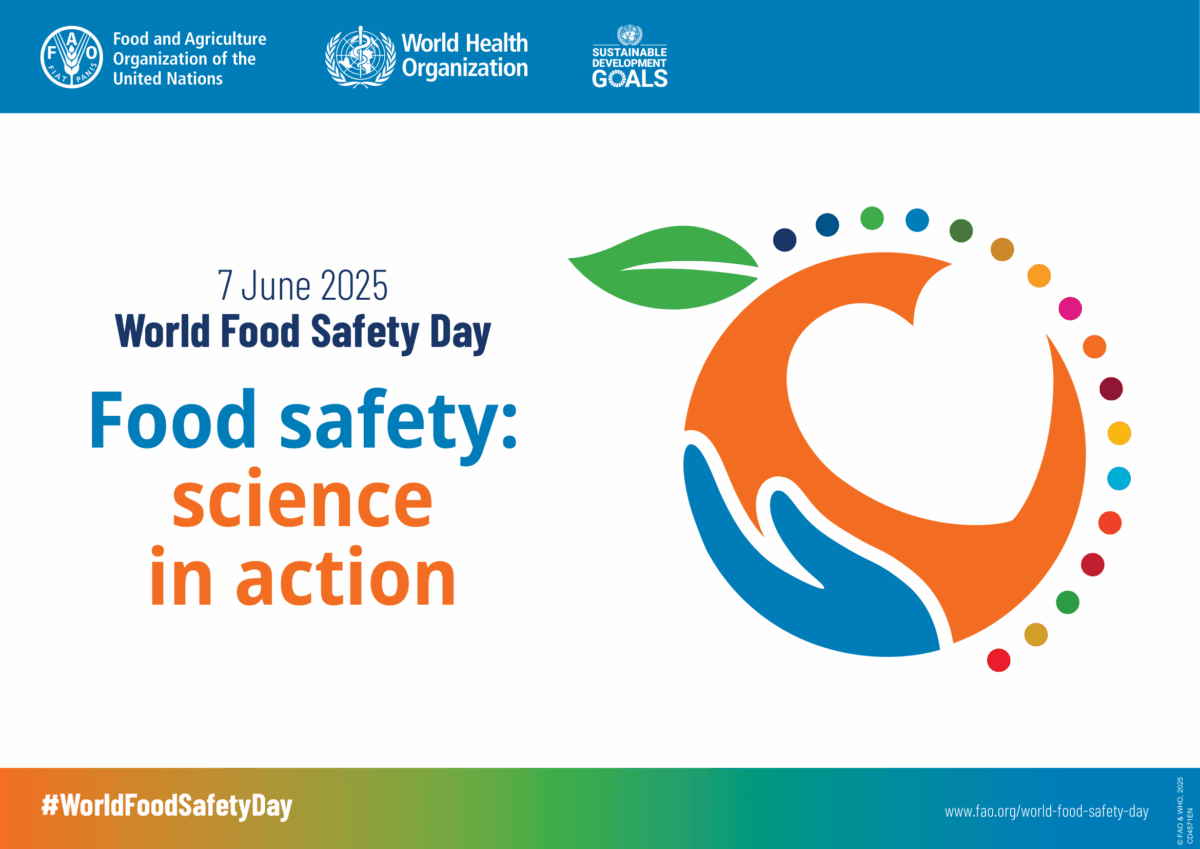
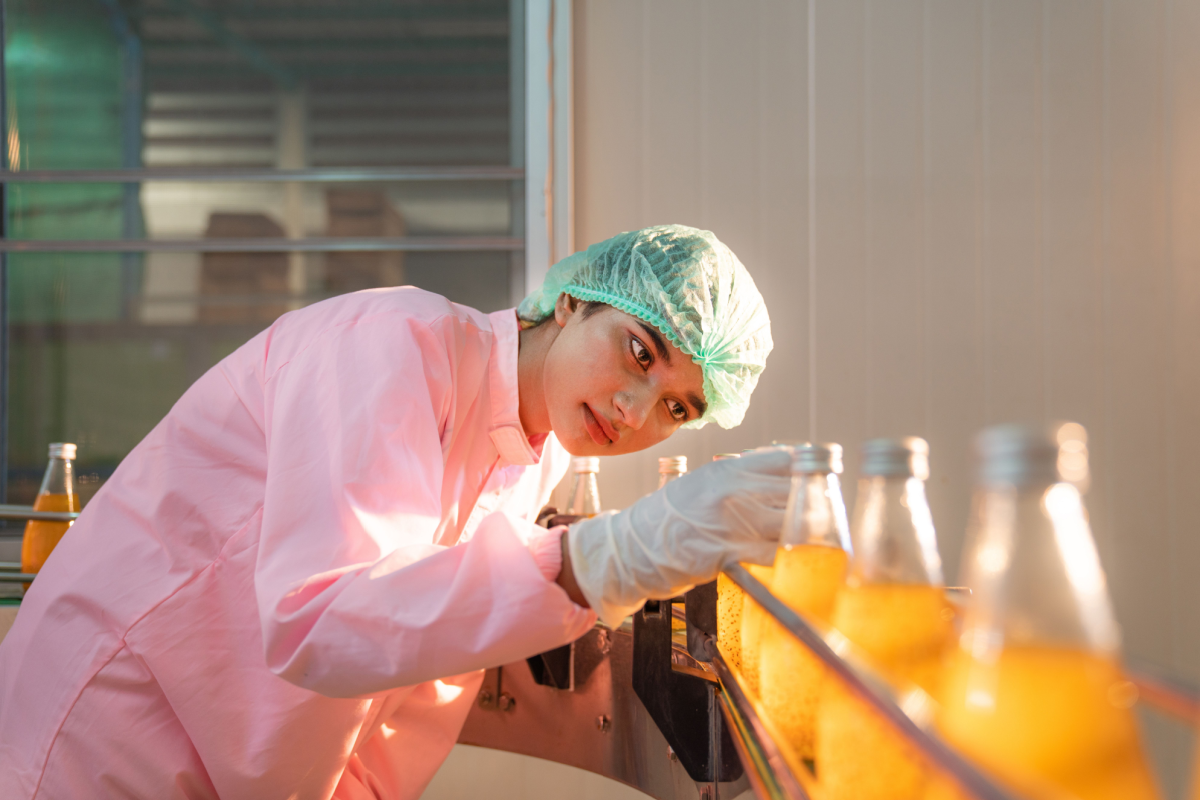
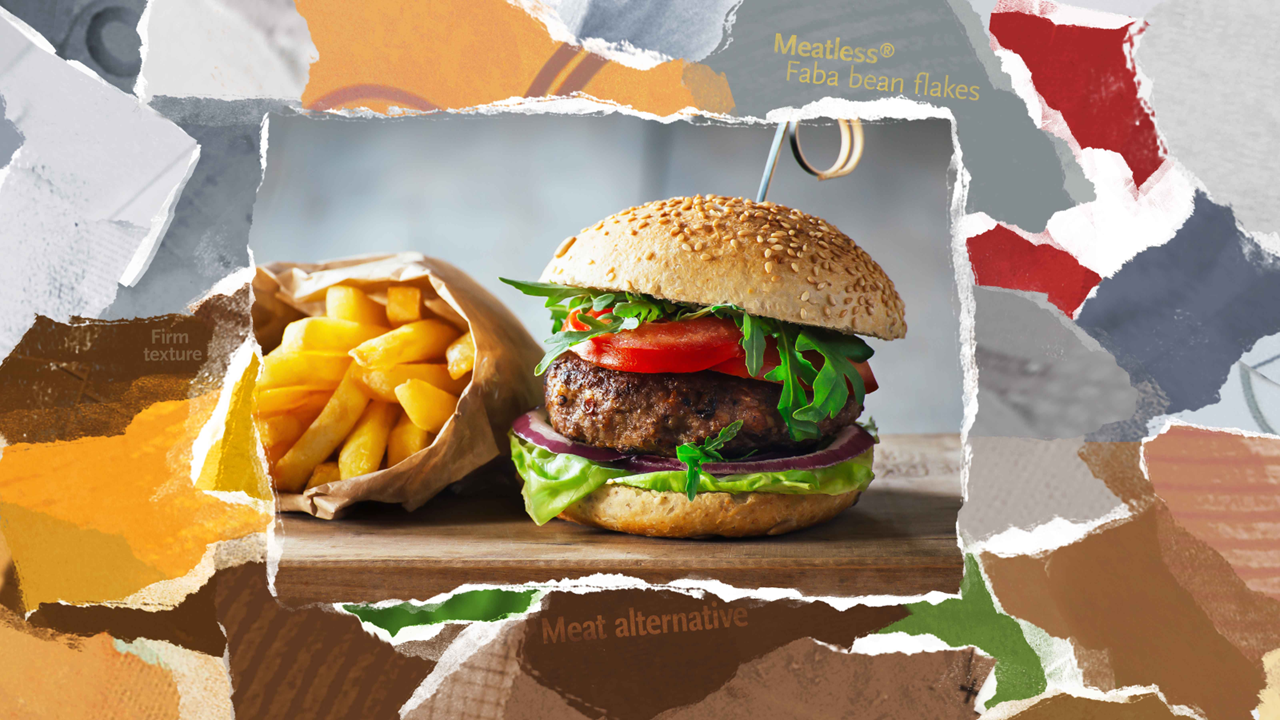
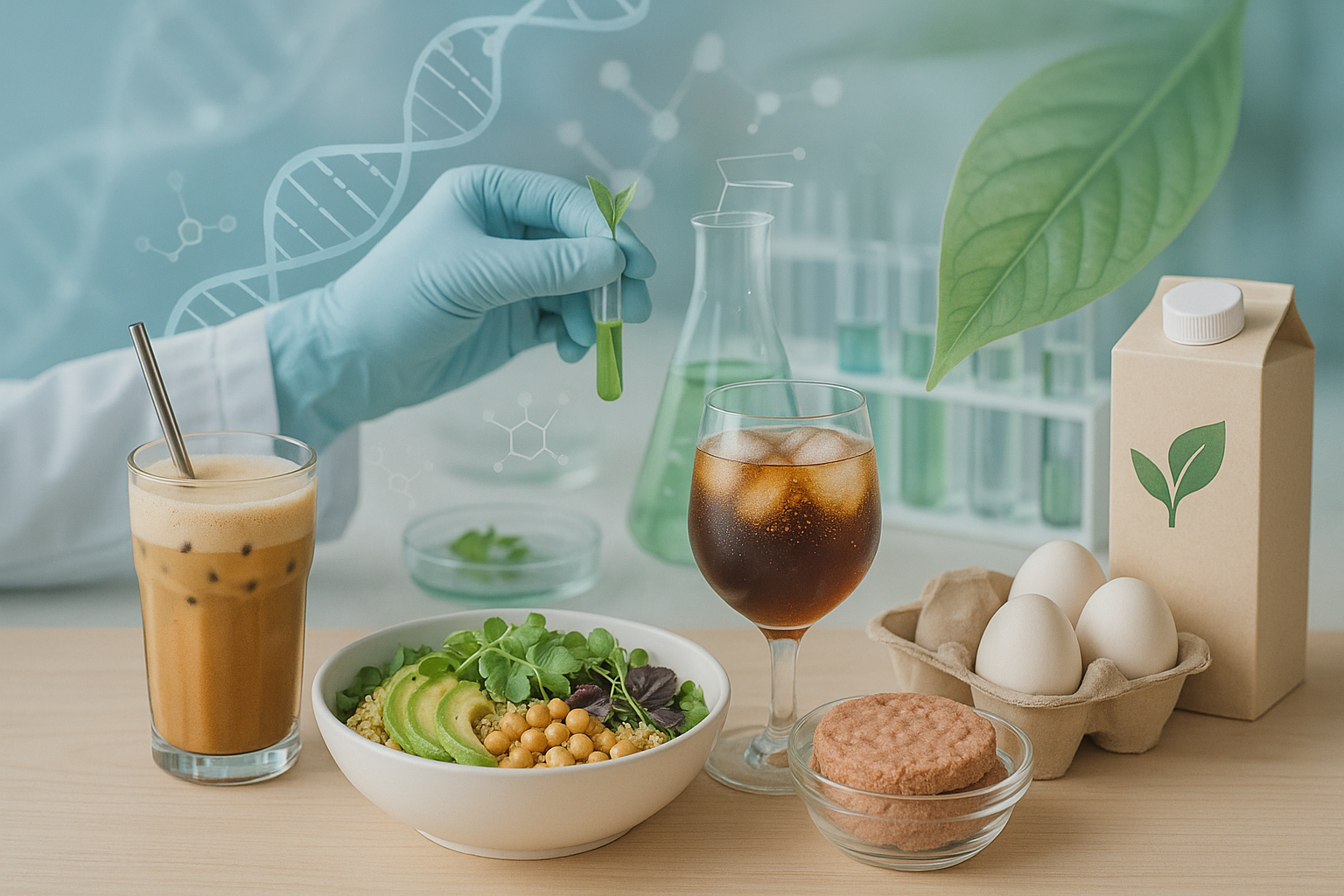





Join or login to leave a comment
JOIN LOGIN